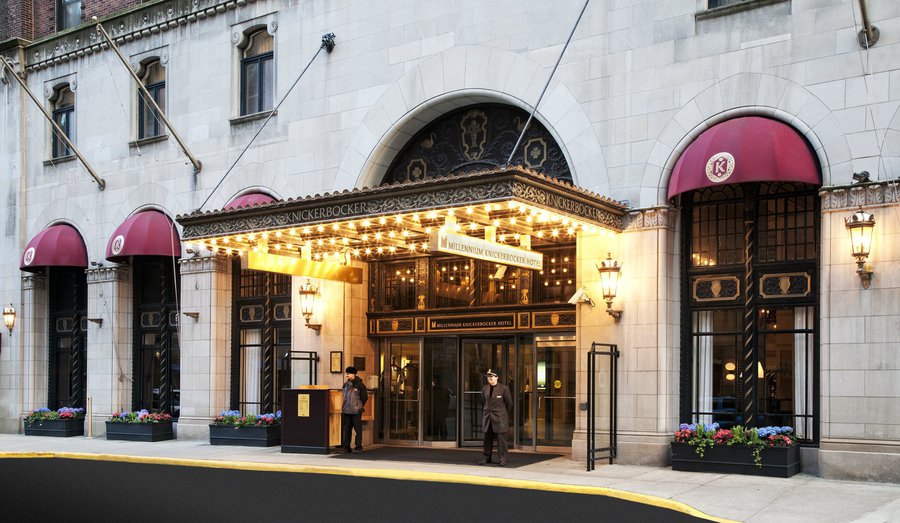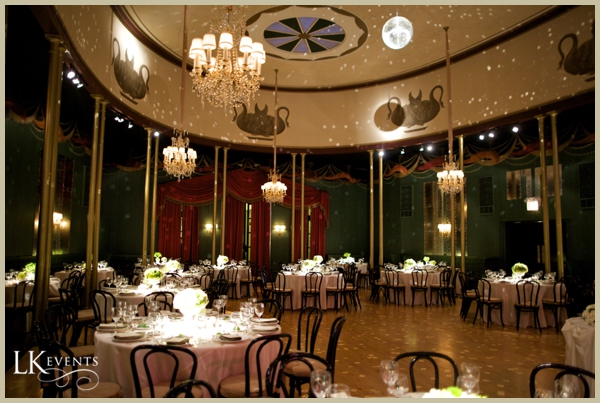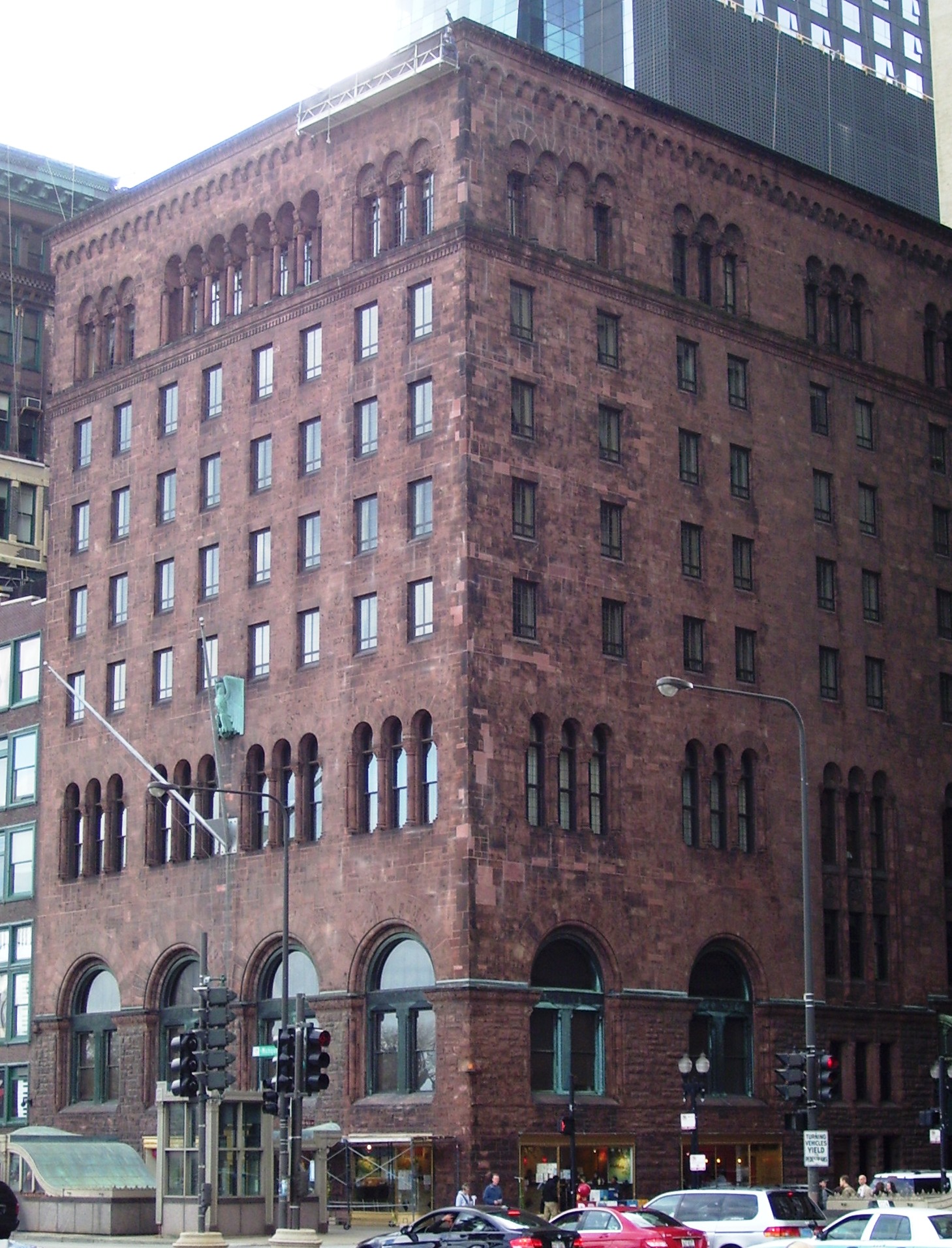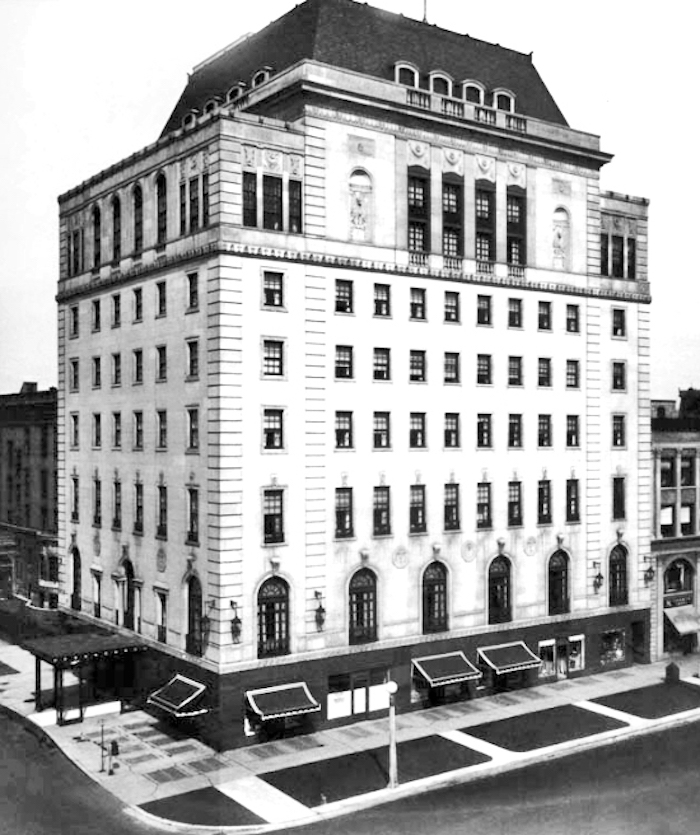The Casino Club Chicago History
For years, Kastel had run New Orleans’ Beverly Club (an ostensibly illegal but still operating casino) for Costello; the two also shared in a Louisiana slot machine route operation that, similarly, might have been illegal on paper but which police managed to avoid until the Kefauver Committee’s spotlight forced them into action. Located in the Palmer House Hotel, the Chicago outpost of the California-based chain served tropical cocktails and cuisine before closing in 2005 when ownership of the hotel changed hands. Casino Club Chicago History, zuma slot online, texas hold em world poker tour, new wms slots for ipad. For Players from.
|
| East Chicago is the home port to Resorts East Chicago, a 400-foot boat containing a 53,000-square-foot casino. It opened in 1997 and features 1,900 slot machines and 71 gaming and live poker tables, but is not the first 'full-service' casino to operate in the city. That honor probably belongs to Indiana Harbor's famous 'Big House' which operated from 1929 to 1950 at 3326 Michigan Avenue. |
The Casino Club Chicago Wedding
1910 view of building | 1950 view of building | Click here for short biography of 'Tiger' |
| The Big House was reported to maintain '...a free taxi service to and from Chicago's southside... One of the midwest's most lavish gambling emporiums...[it was also] the racing wire nerve center of all bookie establishments in the county. It boasted oriental rugs on the floor of the second story, which housed costly mahogany roulette and dice tables...Roughly 125 persons were employed in the place... The Big House also had 15 branch handbooks, six in Hammond, two in Whiting and seven in East Chicago.' Virgil Peterson, head of the Chicago Crime Commission, reported to the Kefauver Committee in 1950 that the Big House had a gross take of $9,000,000. Its closure that year did not seriously harm the timely communication of racing results to Hammond, East Chicago or Whiting because the wire service continued from a hideout in Cedar Lake. Historian Archibald McKinlay called the Big House, '...Chicagoland's casino of casinos, thanks to the early backing of Frank Nitti.' |
| Matchbook advertising for the Big House at 3326 Michigan Avenue, Indiana Harbor, Indiana. The name 'Big House' c.1940s |
Two views of downtown East Chicago (1953 and 1956) with the 825 Club building on the right. East Chicago was one of the very few cities with a passenger train tracks and service in a central downtown location from 1906 to 1956. This provided easy access to gambling in East Chicago for customers from Chicago, Hammond, Gary, Michigan City and South Bend. Exchange Street as shown here in 1929 or 1930 was renown for another gambling den, next to one of East Chicago's most popular eateries, 'Hot Dog John's' that opened in 1929. |
'Hadie' | TELEFLASH wired telephone PA |
| The 825 Club (aka: 'South Shore Smoker') located at 825 West Chicago Avenue was one of the successors to the Big House and was in continuous operation (except during occasional police raids) from about 1949 to the 1970s. One reporter wrote, 'I found myself in one of the biggest and best-equipped gambling joints I had ever seen. It was a long room, brilliantly lighted with overhead lights, and there must have been 40 or 50 men milling around listening to race results coming in over a loudspeaker.' This was in reference to the Illinois Sports News service using the Teleflash technology. See above. The '825 Club, like other similar places throughout the Calumet Region, operated under the unofficial permission of local authorities. But, to be safe, its rear door was equipped with a two-way mirror and a look-out post was staffed in the front lobby area. Police raids occurred often, usually just before a political election, and were a benevolent ritual that included advanced notice by friends of the Club. In fact, Indiana along with most other states, has had a very long tradition of police raids on gambling establishments, dating as far back as 1870 (See illustration below). The Hammond Times newspaper regularly published the locations of East Chicago gambling joints and their owners, who were required to have federal gambling stamps. The total number of gambling stamps issued in 1954 was 29. As published in 1967, these stamps revealed addresses and owners, including The 825 Club, 825 Chicago Avenue (Harold L. Layer and William Gardner); The Forsythe Club, 4610 Indianapolis Blvd. (Angelo Papalambro); The Elks Club, 4942 Alexander Avenue; The Sportsman Club, 3215 Block Avenue; The Auditorium Grill, 3436 Michigan Avenue (Joseph Kovich); Palace Recreation, 4605 Indianapolis Blvd--next to Hot Dog Johns (George Anaston); and The L&N Club, 3407 Michigan Avenue (Johnny Nan). | |
Raid in progress at Mason Long's Faro Room Fort Wayne, Indiana, c.1870 | Rear entrance of 825 Club always used when 'the heat was on' after raids, 1950s & 1960s. |
| About thirty miles from East Chicago in Long Beach, Indiana, Johnny 'Fix-'Em' Condon established in 1901 a gambling establishment , 'The Long Beach Turf Exchange' that used a special train to bring gamblers from Chicago. Its invitation read: 'You are invited to the finest equipped and only Monte Carlo in America, delightfully situated in Lake County, Ind., near the Standard Oil Company's Works at Whiting. No 'interference' from county or State officials. Open the year around...Ample accomodations for 5000 people... Why go to the race tracks when you can come here and play all the races at...Washington Park, Brighton Beach, Fort Erie, Newport, St Louis, Harlem and Hawthorne...All the finest brands of wines, liquors and cigars...'Herbert Asbury wrote that it was .'the most extraordinary gambling house ever projected in the United States--a castle protected by stockades, barbed wire and picket fences, armed lookouts in sentry boxes, alarm boxes, ferocious bloodhounds...and with tunnels leading outside the grounds and arrangements for setting fire to the place if the police succeeded in gaining an entrance.' However, its size and notoriety caused by its advertising doomed it from the beginning. The Long Beach Turf Exhange lasted only a few months before being closed by Indiana authorities and by opposition from other vested interests in gambling, such as the Chicago race tracks themselves. The Big House was its Lake County successor in the 1920s or early 1930s, but on a smaller scale. |

I would like to hear from anyone who has any photographs,
stories, or information about these enterprises.
|
| e m a i l | © 1998/1999/2006 H. Layer, all rights reserved |



